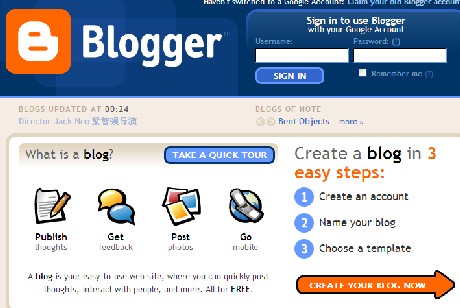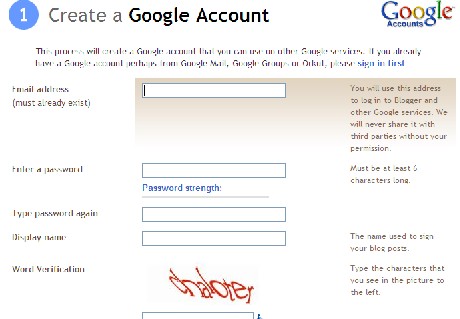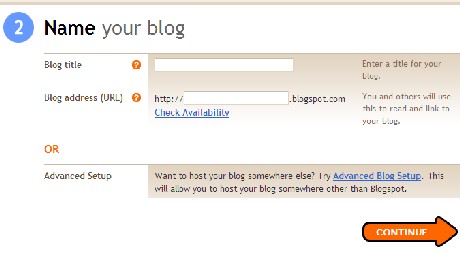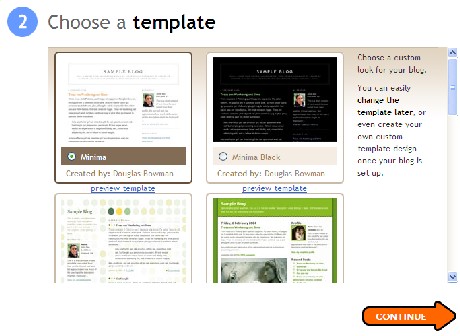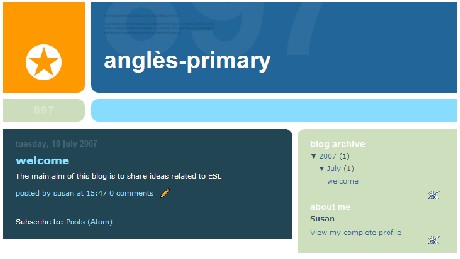Llengua anglesa a primària. Competència digital
- guia
- Mòdul 0
- Mòdul 1
- Mòdul 2
- Mòdul 3
- Mòdul 4
- Mòdul 5
- Mòdul 6
- projecte
- índex
Blogs
A blog is an easy-to-use web site, where you can quickly post thoughts, interact with people, and more in a free way. It is a collaborative website in which ideas and comments are posted on a regular basis and displayed in reverse chronological order. A blog comprises hypertext, images, and links (to other web page, multimedia and other files). Blogs usually focus on a particular theme and they can be personal or made by a group of people.
The main aim of this practise is to set up a blog to know how it works and reflect on its didactic applications.
Pràctica
- Go to the Blogger page (https://www.blogger.com/start). You can either have a quick tour to know about blogs (we recommend to enter the sections to have a deeper knowledge on blogs) ot to create a blog in 3 easy steps.
- Click on the orange arrow to Create your blog right now.
- The first thing you have to do is to create your own google account that you can use on other Google services. Fill in the form, accept the Terms of service and click on Continue.
- The second step consists on naming the blog by giving it a title and a URL address that have to be checked (availabiblity)
- Then you have to choose a template among the ones available. It is the look for your blog and you can change it later or create it yourself, if desired. When chosen, click on continue.
- Your blog has been created.You can now add your posts to it, create your personal profile, or customise how your blog looks. Clickon the Start posting orange arrow.
- Three tabs are there: posting, setting and template.
- Post a comment. It works as the e-mail. When finished, click on Publish post
 and see the result in a new window.
and see the result in a new window.
- If you want to change things, add a new post, etc. read the Quick tour in the main page or access the web page (the URL given) and sign-in. Once in, in the Customise section (on the right top corner) you can add and arrange the page elements
Your blog is opened by default. Through Settings > Permissions, you can restrict your blog to readers that you choose. However, these readers will need to log in before reading your blog, adding an extra step.
Maybe it is a difficult tool for some of our students and just the advanced students (because of the language and the ICT skills required -and because they have to work in an autonomous way) can succeed, but it is an interesting way to share information or a project done in the classroom.
